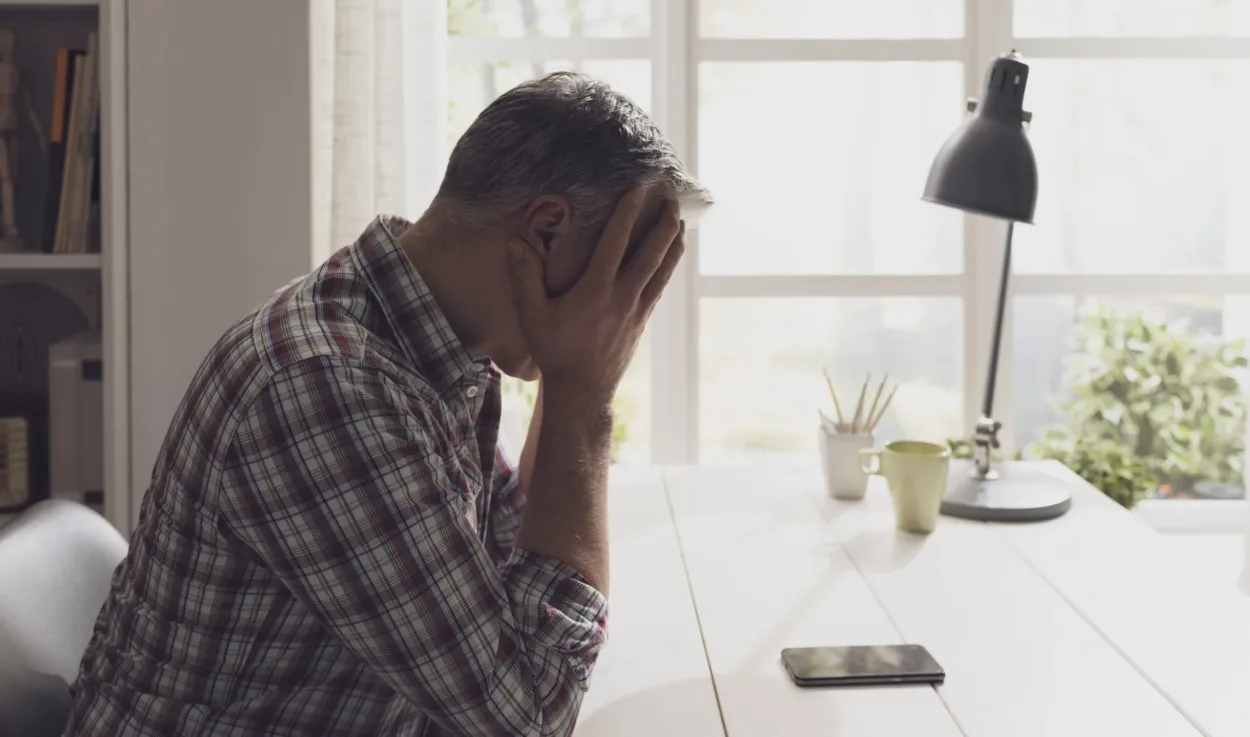Can Those Suffering from Alcohol Use Disorder Go Days Without Drinking?

Alcohol Use Disorder (AUD) is more than “drinking too much.” It’s a chronic medical condition that makes it difficult to stop or control alcohol use even when it causes harm at home, at work, or to your health. In 2025, rates of heavy drinking remain high: the CDC estimates that over 29 million U.S. adults meet criteria for AUD, and national surveys show that pandemic-era drinking patterns—especially among women and young adults—are still elevated.
A question many families ask is whether someone with AUD can go even a few days without alcohol. The answer depends on the severity of the disorder, but understanding the signs, the science of dependence, and today’s treatment options can guide the path to recovery.
Recognizing Alcohol Use Disorder
AUD symptoms can be physical, psychological, and behavioral. Key warning signs include:
- Rising Tolerance – Needing more alcohol to feel the same effects.
- Loss of Control – Drinking more or longer than intended.
- Neglecting Responsibilities – Skipping work, school, or family obligations because of drinking.
- Drinking Despite Problems – Continuing to drink even as health or relationships suffer.
- Withdrawal Symptoms – Shaking, sweating, or nausea when alcohol wears off.
- Time Spent Drinking or Recovering – Alcohol dominates daily routines.
- Loss of Interest – Abandoning hobbies or social activities.
These signs can escalate quickly. Recent data show that one in four adults with moderate or severe AUD experiences withdrawal symptoms within 8–12 hours of their last drink, underscoring how hard it can be to simply “take a break.”
What Withdrawal Looks Like
Stopping alcohol suddenly after heavy use can trigger a cascade of symptoms:
- Tremors (often in the morning)
- Sweating and rapid heart rate
- Nausea or vomiting
- Anxiety, irritability, or panic
- Headaches and insomnia
- Hallucinations or seizures in severe cases
In 2025, emergency departments continue to report a steady rise in severe alcohol withdrawal cases, partly due to high-potency “ready-to-drink” beverages and stronger craft cocktails that can increase dependence.
Why Going “Just a Few Days” Is So Hard
Physical dependence means the body has adapted to alcohol; without it, the nervous system becomes overactive, producing dangerous withdrawal symptoms.
Psychological dependence is equally powerful—cravings, anxiety, and a belief that life is unmanageable without alcohol. Together, these forces make even short-term abstinence daunting without support.
Pathways to Recovery in 2025
The good news: evidence-based treatments continue to expand and are more accessible than ever.
- Medically Supervised Detox
Hospitals and outpatient centers now offer rapid-access detox programs with medications such as benzodiazepines and newer non-sedating options to reduce risk of seizures and stabilize vital signs.
- Medication-Assisted Treatment (MAT)
Medications like naltrexone, acamprosate, and the 2024 FDA-approved extended-release naltrexone implant can curb cravings and reduce relapse risk.
- Behavioral Therapies
Cognitive Behavioral Therapy (CBT), Motivational Interviewing, and virtual therapy platforms have grown, allowing people to receive counseling from home.
- Peer and Community Support
Alcoholics Anonymous remains vital, but 2025 also offers diverse peer groups and online meetings, making support more accessible across time zones and schedules.
- Lifestyle & Holistic Care
Exercise, nutrition counseling, mindfulness, and digital wellness apps now complement traditional therapy, helping rebuild both body and mind.
- Relapse Prevention Plans
Personalized trigger-management strategies and ongoing telehealth check-ins help sustain long-term sobriety.
A Message of Hope
Alcohol use disorder can make even a day without drinking feel impossible, but recovery is absolutely achievable. Millions of people each year enter remission with the right mix of medical care, counseling, and peer support.
If you or someone you love struggles with alcohol, reach out to a healthcare professional or a local treatment program. In 2025, help is more flexible and more effective than ever—offering real hope for a healthier, alcohol-free life.








